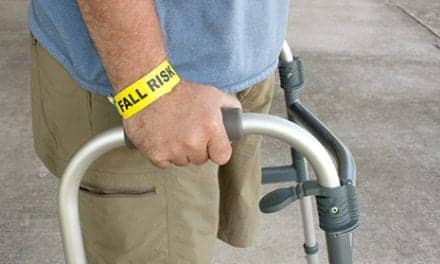Researchers found increased rates of cardiovascular disease among older Americans living near fracking.
A University of Chicago study examining Medicare claims found older adults living near fracking sites in Pennsylvania were more likely to be hospitalized for cardiovascular diseases than those living nearby New York state, where fracking is banned.
The research was published in The Lancet Planetary Health.
Prachi Sanghavi, PhD, assistant professor of Public Health Sciences at UChicago and senior author on the paper, said she first became interested in studying the potential health impacts of fracking in the early 2010s. It was during the peak of the unconventional natural gas development (UNGD) boom, colloquially known as fracking.
“There was a lot of buzz about the environmental effects of UNGD, and several documentaries were produced on the subject,” said Sanghavi. “I do a lot of work with Medicare claims data, and I realized that we could use that approach to determine if there was a measurable effect on population health based on what the stories were suggesting.”
Her team collected Medicare claims data for tens of thousands of patients generated between 2002 and 2015 in northern Pennsylvania, which experienced a fracking boom, and next-door New York state, where UNGD was banned. They found an association between developing new fracking sites and increased hospitalization rates for health conditions such as acute myocardial infarction, heart failure, and ischemic heart disease.
“Although we can’t point to one specific part of fracking operations as the culprit, folks living near fracking sites could be affected by exposure to things like air or water pollution that often come with fracking activity,” said Kevin Trickey, first author on the study and a former research analyst in the Sanghavi lab. “Our study connects nearby fracking activity to real, serious human health outcomes, suggesting it’s not just a matter of economics or environmental sustainability — but that policymakers and residents alike should start prioritizing the health of citizens, whether drilling new wells or plugging old ones.”
Researchers have previously found elevated levels of airborne hydrocarbons and other pollutants near fracking sites. Still, a clear relationship between those pollutants and adverse health outcomes has yet to be established.
While prior studies have indicated a likelihood of this connection, this study applies statistical analysis to economics data for causal inference analysis to more directly connect UNGD to specific negative health outcomes in older adults.
In the current study, the team determined an additional 11.8, 21.6, and 20.4 hospitalizations for acute myocardial infarction, heart failure, and ischemic heart disease, respectively, per 1,000 Medicare users than would be expected if there were no fracking in the area.
“We don’t find strong associations easily in the world,” Sanghavi said. “We’ve heard a lot of anecdotes and seen the documentaries, but it’s usually very difficult to find the connection, even when it exists. Even in cases where an individual might have an experience that seems to have a direct relationship to something like fracking, that doesn’t necessarily translate to a population health effect. Here we find that there is a measurable association with people’s health.”
The effects were not just limited to the initial phases of UNGD. The study found that the risk continued even after drilling ended, indicating that the health impacts could be connected to the byproducts of the regular functioning and production of the well.
The researchers say these results should be a call to action for communities and policymakers affected by fracking development.
“This study provides additional evidence for those who think they may be experiencing exacerbated health issues as a result of fracking in their communities,” Sanghavi said. “I hope that these results can help communities and governments — who have an interest in protecting people’s health — by equipping them with more information for making an informed decision about UNGD.”
Photo 45589331 © Bizoon | Dreamstime.com





